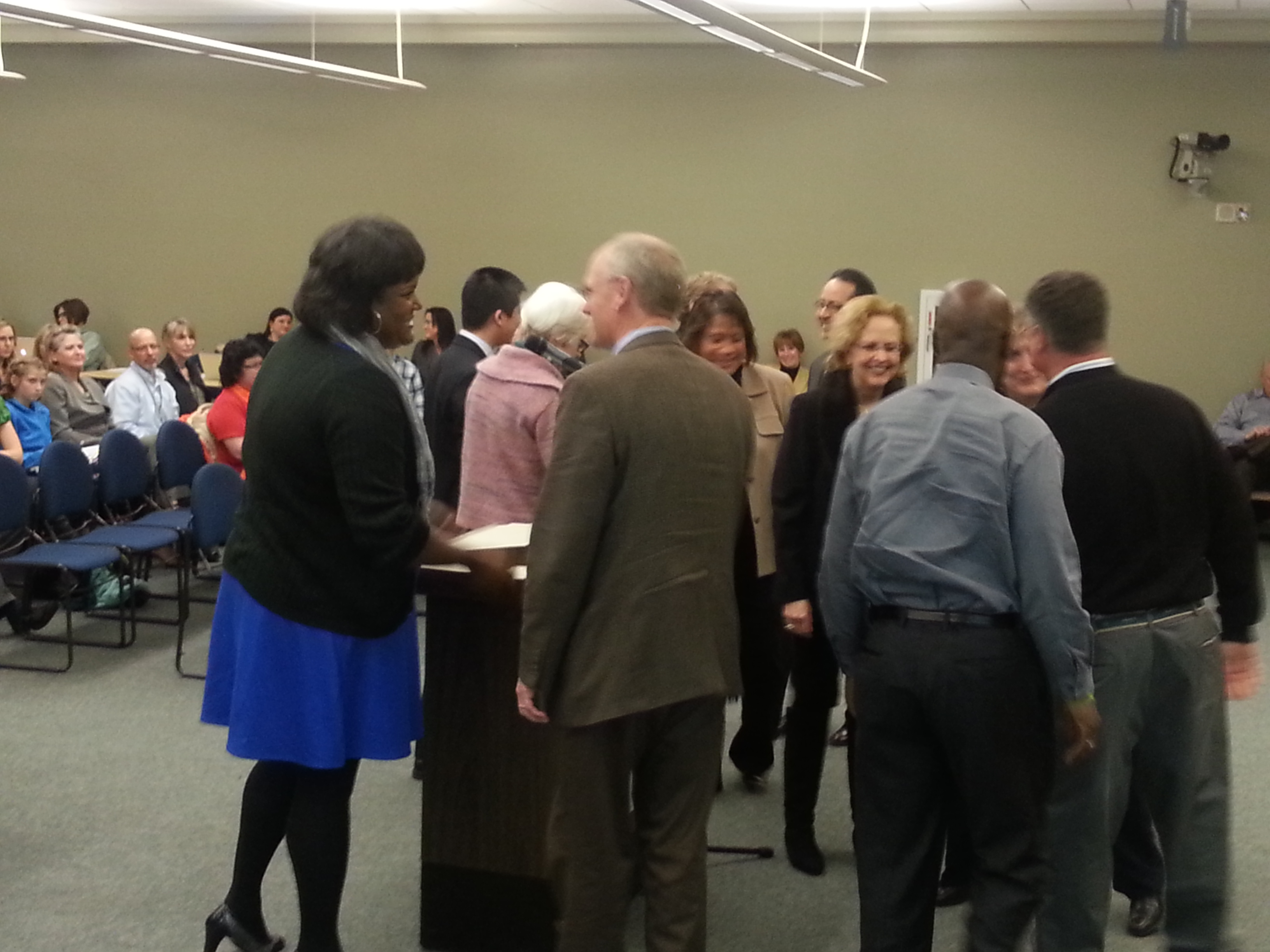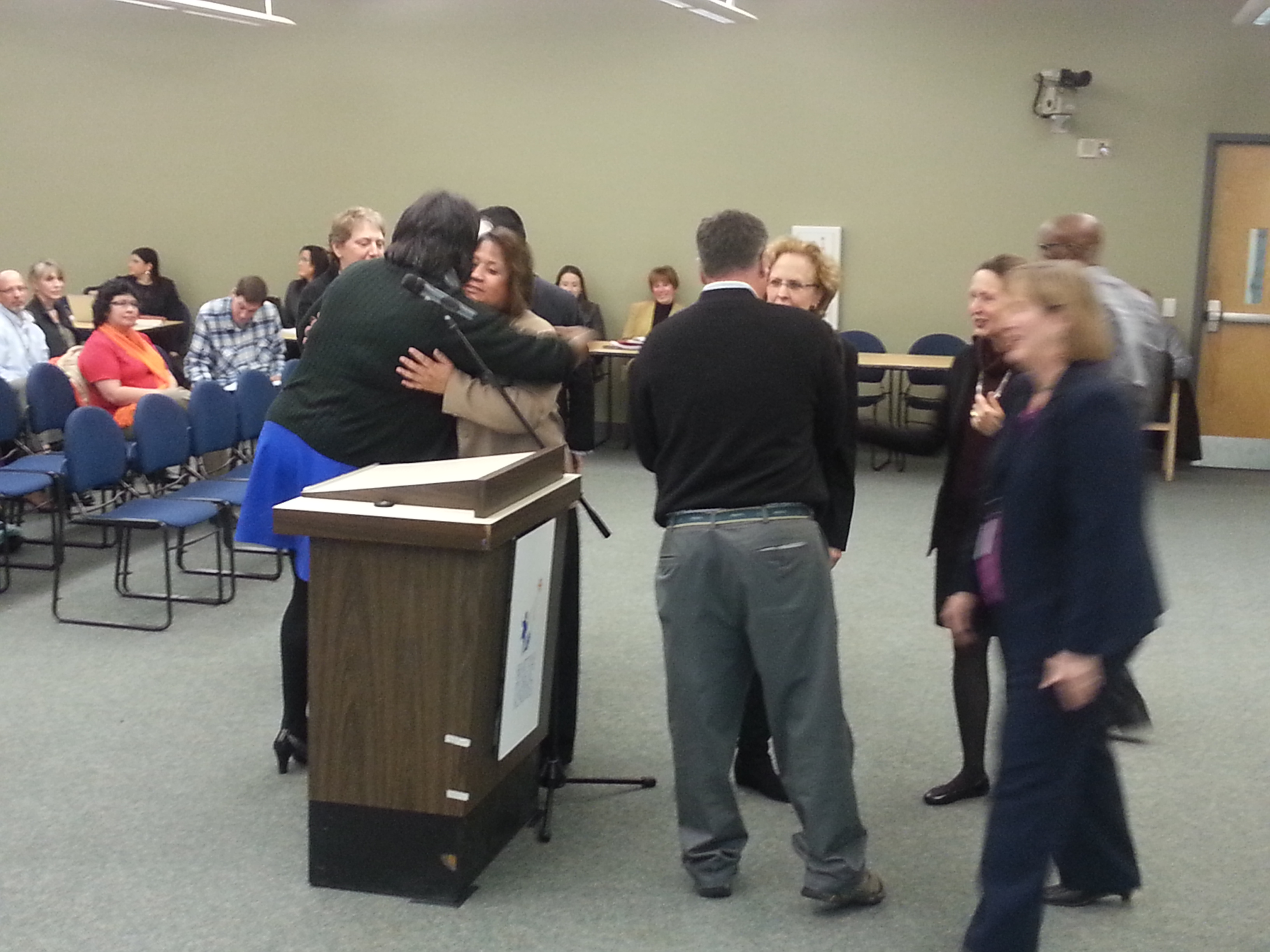Charter School Implementation Moves Forward in Washington
Public charter school implementation is moving forward in Washington thanks to voters’ approval of Initiative 1240, which will allow up to 40 charter schools to open in Washington over the next five years.
Still not sure about what charter schools are?
Below is a list of the top five things you should know about charter schools:
1. Charter schools are public schools.
Public charter schools are free and open to all students and receive state funding based on student enrollment just like traditional public schools.
2. Public charter schools must meet the same academic standards as traditional public schools and will be held to high accountability standards.
Charter schools will be subject to strict oversight and public accountability, including annual performance reviews to evaluate their success in improving student outcomes. Schools not meeting the accountability standards will be closed. At the end of the five-year implementation period, an evaluation will be conducted to determine whether additional public charter schools should be allowed.
3. Charter school teachers are subject to the same certification requirements as teachers in other public schools.
Great teachers are essential to student success, and teachers in public charter schools must meet the same teaching certification requirements as teachers in all other public schools.
4. Charter schools have more flexibility than traditional public schools.
Public charter schools can set their own schedules (such as offer a longer school day or school year), have more control over their curriculum, budget and staffing decisions, and can offer more customized learning experiences for students.
Charter schools are free to innovate in ways that improve student achievement. For example, there are charter schools focused on STEM education, performing arts, project-based learning, college preparation, career readiness, language immersion, civic engagement, classical education, global awareness or meeting the needs of autistic students – just to name a few.
Many successful and high-performing public charter schools are dedicated to serving low-income students and student of color and are succeeding at closing achievement and opportunity gaps.
5. Washington is the forty-second state to have public charter schools.
Initiative 1240, which became law December 6, 2012, allows up to 40 public charter schools in Washington state over a five-year period. The law was carefully designed to incorporate what other states have learned in 20 years of experience with public charter schools. In Washington, we modeled our law on the best of what works in other states, that’s why our law is already ranked 3rd best in the nation by the National Alliance for Public Charter Schools.
Next steps
This week, the nine commissioners to serve on Washington’s Charter School Commission will be announced. The Commission will be charged with reviewing applications, authorizing, and holding accountable quality public charter schools.
The State Board of Education is in the process of approving rules pertaining to charter schools.
We expect the first charter school in Washington to open in the fall of 2014.




